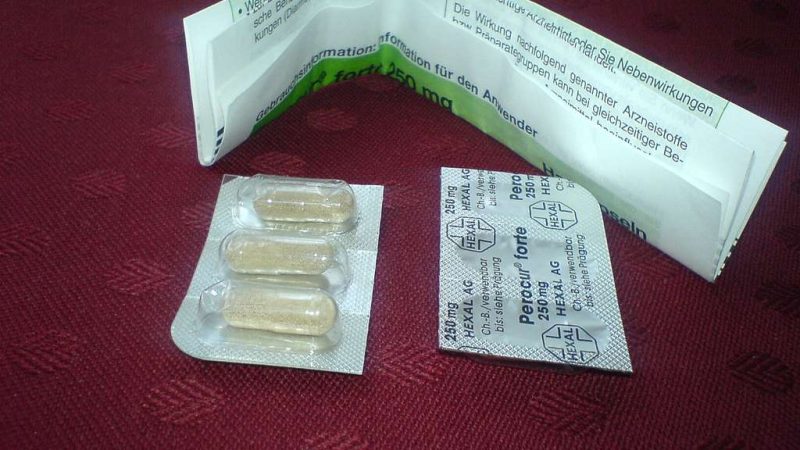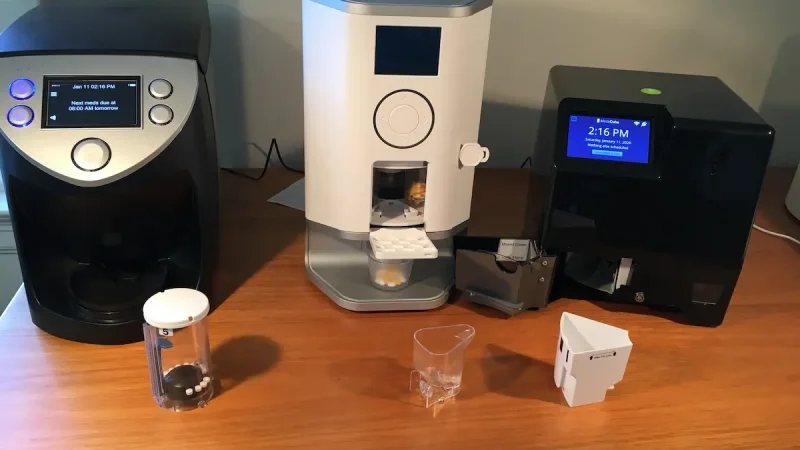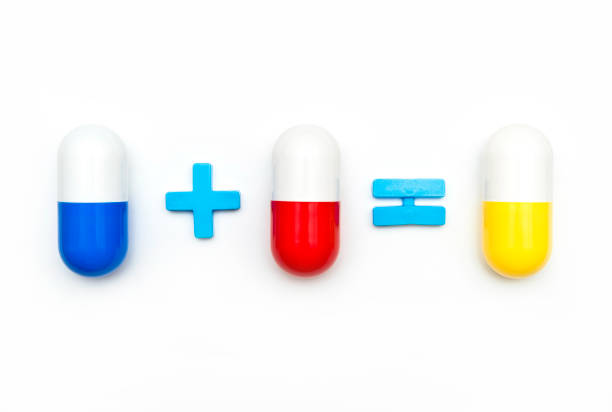how to check if medication is in stock
When you need medication, whether it’s for a chronic condition, an infection, or any other health issue, it’s essential to have it available when you need it. However, it can sometimes be frustrating to find out that the medication you need is out of stock, either at your local pharmacy or from your preferred online retailer. Fortunately, there are several ways to check if a medication is in stock before you make a trip to the pharmacy or place an order. This article will explore the methods and tools available to check if medication is in stock, ensuring that you can get the treatment you need without unnecessary delays.
1. Check with Your Local Pharmacy
One of the most direct ways to check if a medication is in stock is to contact your local pharmacy. Whether you have a prescription or are simply looking to buy over-the-counter medication, local pharmacies typically offer assistance over the phone or through their websites. Here are the steps to follow:
a. Call the Pharmacy
Most pharmacies have a customer service line or direct phone number where you can inquire about the availability of a specific medication. When calling, make sure to have the medication’s name, dosage, and form (e.g., tablet, liquid, topical) on hand so that the pharmacy staff can provide you with accurate information. You may also want to ask about the availability of generic alternatives if your preferred brand is out of stock.
b. Ask About Stock Levels
Pharmacies often track their stock levels and can tell you whether a medication is available or if it is expected to come in soon. They can also provide information on the expected restocking time if a medication is temporarily unavailable. Some pharmacies even offer an option to put medications on hold if they are out of stock, so you can pick them up as soon as they arrive.
c. Check with Multiple Pharmacies
If your regular pharmacy doesn’t have the medication in stock, you can call other pharmacies in your area. Many large chains and independent pharmacies participate in networks that allow them to share inventory information or transfer prescriptions between locations.
2. Use Online Pharmacy Services
With the rise of online pharmacies and delivery services, checking for stock levels has become much easier. Many major pharmacy chains now offer websites or mobile apps where you can check the availability of medication. Here’s how you can use these services:
a. Visit the Pharmacy’s Website or App
Large pharmacy chains like CVS, Walgreens, and Rite Aid offer online platforms where you can search for specific medications and check if they are in stock. You can also search for the medication by entering its name, and the website will show whether it’s available at your local store or available for delivery.
b. Pharmacy Delivery Services
Some online pharmacies allow you to order medications for home delivery, which can be particularly helpful if you live in an area where accessing a local pharmacy is difficult. Online platforms like GoodRx, PillPack by Amazon, and HealthWarehouse offer medication delivery and often show stock availability in real time.
c. Track Your Order
Once you’ve ordered the medication online, many services offer tracking features to monitor the status of your order. You will receive updates on whether the item is in stock, expected to ship soon, or backordered. Additionally, many websites will notify you if an item becomes unavailable after you’ve placed an order, giving you the option to choose another pharmacy or medication.
3. Utilize Prescription Management Tools
Prescription management tools are becoming increasingly popular, especially for people who take multiple medications regularly. These tools can notify you when your medication is running low or when there is a delay in stock. Many insurance companies, health organizations, and pharmacies provide apps or online services for medication management. Here’s how they can help:
a. Pharmacy-Specific Apps
Some pharmacies, such as Walgreens and CVS, have dedicated apps that allow you to manage your prescriptions. These apps allow you to:
- Order refills
- Set reminders for when to pick up medications
- Check stock availability at nearby locations
- Request automatic refills
b. Online Prescription Refill Services
Online tools like the ones offered by OptumRx or Express Scripts allow users to track their medications and refills. They can notify you if there is an issue with a medication’s availability and offer solutions to ensure you don’t run out of the medication you need.
c. Track Prescription History
Some medication management tools give you the ability to review your prescription history. This can be helpful when trying to determine if you’ve missed a refill or need to plan ahead for future needs.
4. Use Medication Availability Websites
In addition to contacting pharmacies directly, there are specialized websites that help consumers track the availability of specific medications. Some of these websites are designed to search multiple online pharmacies and retail outlets to find out where a medication is in stock.
a. GoodRx
GoodRx is a popular website and mobile app that helps users compare prescription drug prices at different pharmacies. Besides offering price comparison tools, GoodRx also shows availability across various locations and online pharmacies. This service is free to use, and you can find coupons for lower prices at participating pharmacies.
b. Drugs.com
Drugs.com is another website where you can search for specific medications and check availability. While its main focus is on providing drug information, it also has a section that helps you locate pharmacies that carry the medication you need. Drugs.com provides detailed information on drug interactions, side effects, and alternatives.
c. MedsCheck and Other Regional Services
Depending on where you live, some regional health services provide online tools that help you find medications in stock. For example, in some countries, services like MedsCheck can be used to track and check stock levels across different pharmacies. These services are often integrated with local health systems to streamline the process of getting your medication.
5. Consult Your Doctor or Healthcare Provider
If you find that a medication is frequently out of stock or unavailable, it may be worth consulting your doctor or healthcare provider. In some cases, your healthcare provider may be able to prescribe an alternative medication that is more readily available.
a. Ask for Alternatives
If your current medication is unavailable, your doctor can provide guidance on suitable substitutes that are just as effective. Many medications have generic alternatives or similar treatments that can be prescribed in place of the unavailable medication.
b. Contact Your Insurance Provider
Some insurance plans have agreements with certain pharmacies or delivery services to ensure that you have access to medications when you need them. Your healthcare provider can help you navigate insurance coverage and suggest ways to fill your prescription without unnecessary delays.
6. Plan Ahead for Medication Refills
To avoid running out of stock on essential medications, planning ahead is key. Here are a few tips for ensuring your medication is always available when you need it:
a. Schedule Regular Refills
Most pharmacies allow you to schedule automatic refills, which can ensure you never run out of your medication. Setting up a reminder system, either through your pharmacy or via a medication management app, can help keep you on track.
b. Order in Advance
If you know you’re going to need a refill soon, consider ordering your medication in advance, especially if it’s a medication that is often in short supply. This is particularly useful for chronic conditions where continuous treatment is necessary.
c. Use Medication Synchronization Services
Medication synchronization is a service offered by many pharmacies that coordinates the refill dates of multiple prescriptions. This service helps you avoid running out of stock by ensuring all your medications are refilled at the same time.
Conclusion
Checking if a medication is in stock requires a combination of tools, resources, and proactive planning. By contacting local pharmacies, using online services, leveraging prescription management apps, and consulting your healthcare provider, you can stay on top of your medication needs and avoid interruptions in your treatment. Additionally, regular planning and reordering can help prevent stock-outs in the future, ensuring that you have the medications you need to maintain your health. By taking advantage of these resources, you can ensure that your medication is available when you need it, allowing you to focus on feeling better rather than stressing about availability





